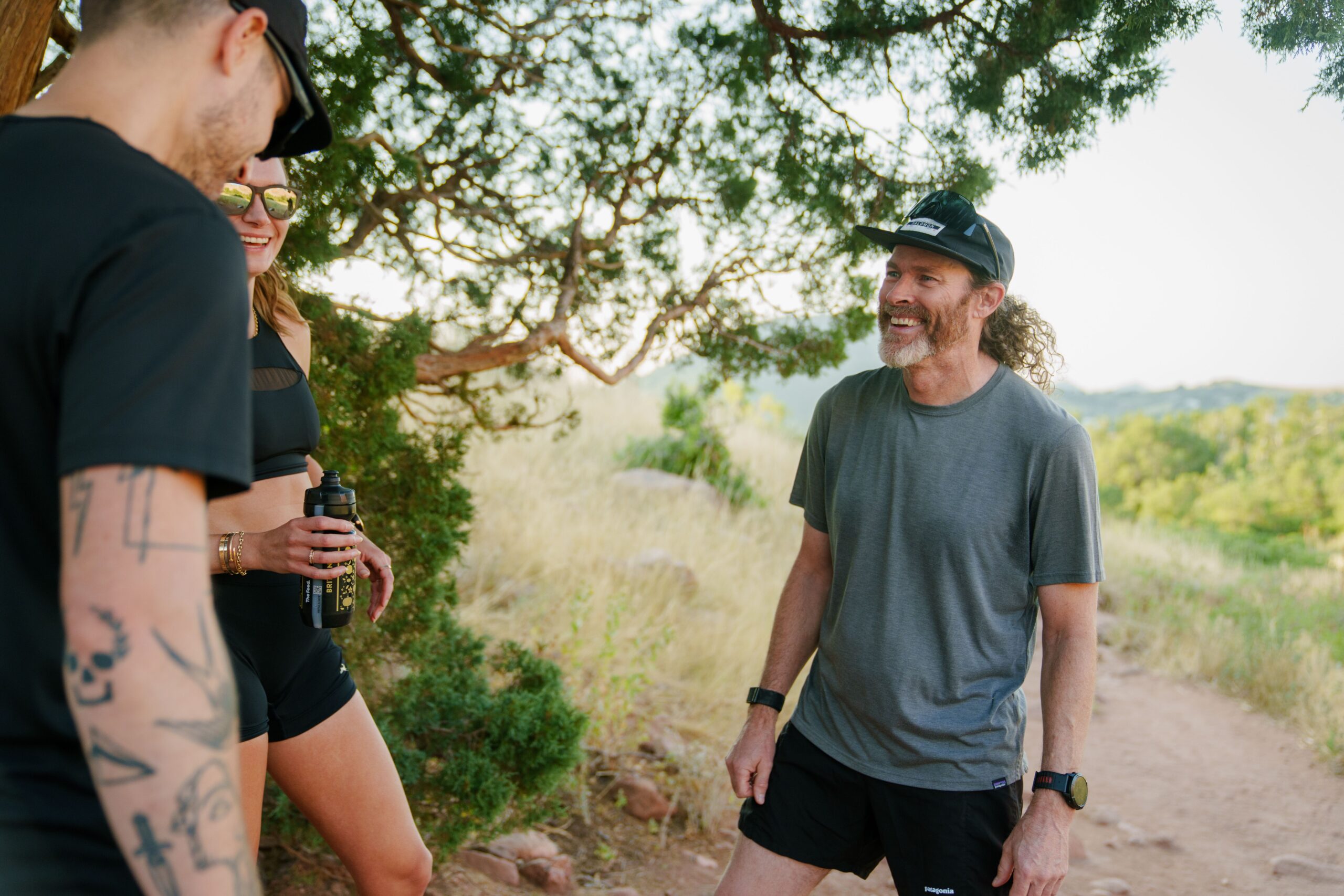This article is all about the “doers”—the athletes who maintain a close relationship in the say-do gap.
What is the say-do gap? It’s the space between what an athlete says they will do and the eventual outcome. Success is defined not by finishing time or overall placing, but by if your athlete did what they said they would do.
By working with athletes across many countries, you’ll gain exposure to a wide variety of cultures, values, and belief systems. Be that as it may, there are a handful of common underlying traits in endurance athletes who close the say-do gap on a daily basis, and talent is not one of them.
What separates these athletes from the pack and how are they so successful in this space?
Resilience
Resilience is present in athletes who can turn adverse circumstances (both physical and psychological) to their favor quickly through coping mechanisms and a well-established process. Sure, genes play a role in how we deal with stress and trauma, but it’s clear the most resilient athletes have tasted ‘rock bottom’ at times, yet continually find a way to right the ship. This includes a wide variety of circumstances, like how an athlete deals with sickness, injury, work, and family stress.
And as a coach, you know there is a well-beaten path for many of the adverse circumstances athletes may face.
Consistency
There are several ways athletes can establish consistency in their training and behaviors.
Consistency underpins the success and failure of an athlete’s season. At the beginning of any athlete’s season, we try to establish frequency in activity—breaking the habit of doing a little or a lot on random occasions.
No matter how unpredictable the athlete’s schedule may be, we are creatures of habit. There will be a way to establish a level of frequency, and that is consistency is its most basic form.
Frequency is followed by duration. How close can the athlete start to move towards the optimal duration of the desired session? Intensity is the last piece of the “consistency” puzzle. Can the athlete regularly achieve the desired intensity (IF) for each session, be it low or high?
Are your athletes consistent across frequency, duration, and intensity for extended periods of time?

Organized
More often than not, successful athletes’ lives are chaotic, but from the surface, you’d never know. These athletes can deal with curveballs because they are resilient and able to understand the potential challenges that may present themselves during their season.
They don’t enter an “A” race two weeks before the end of the fiscal year if they work in the financial sector, and they don’t train through winter and turn up two days before a race in Southeast Asia.
The organized athlete has a wonderful support network around them, has had hard conversations with themselves and others, and has planned specific moments on their calendar to capitalize on their prime window of opportunity.
Brutal
Successful athletes have a brutality about them—a drive and burning desire that won’t let anything stand in their way. These athletes almost welcome adversity because they know it will make them stronger, and they thrive on training in a masochistic way.
I hate to say it, but many athletes who believe they possess this trait, don’t.
Brutal athletes have no idea, and that’s the true beauty of it. It’s a power trait for coaches to capitalize on when exploited in small doses.
Present
Has the task gotten your athlete’s full attention and focus? Is there a purpose to what they are doing?
Sure, their mind will wander (after all, they are an endurance athlete), but can they bring everything back to center to ensure they are achieving the desired outcome?
Being present can have short-term parameters—it can simply be a single interval within a session. It can also have long-term parameters, which include staying aware of the season’s big-picture goal.
If you have an athlete who during the first interval is thinking about the third, or an athlete who is planning for the next “A” race during a taper, give them a reality check and keep them focused on the task at hand.
Athletes can acquire and improve these traits and coaches can fast-track the learning process. The bottom line is if your athletes are resilient, consistent, organized, brutal, and present, chances are they’ll get it done and have better results over the long haul.



